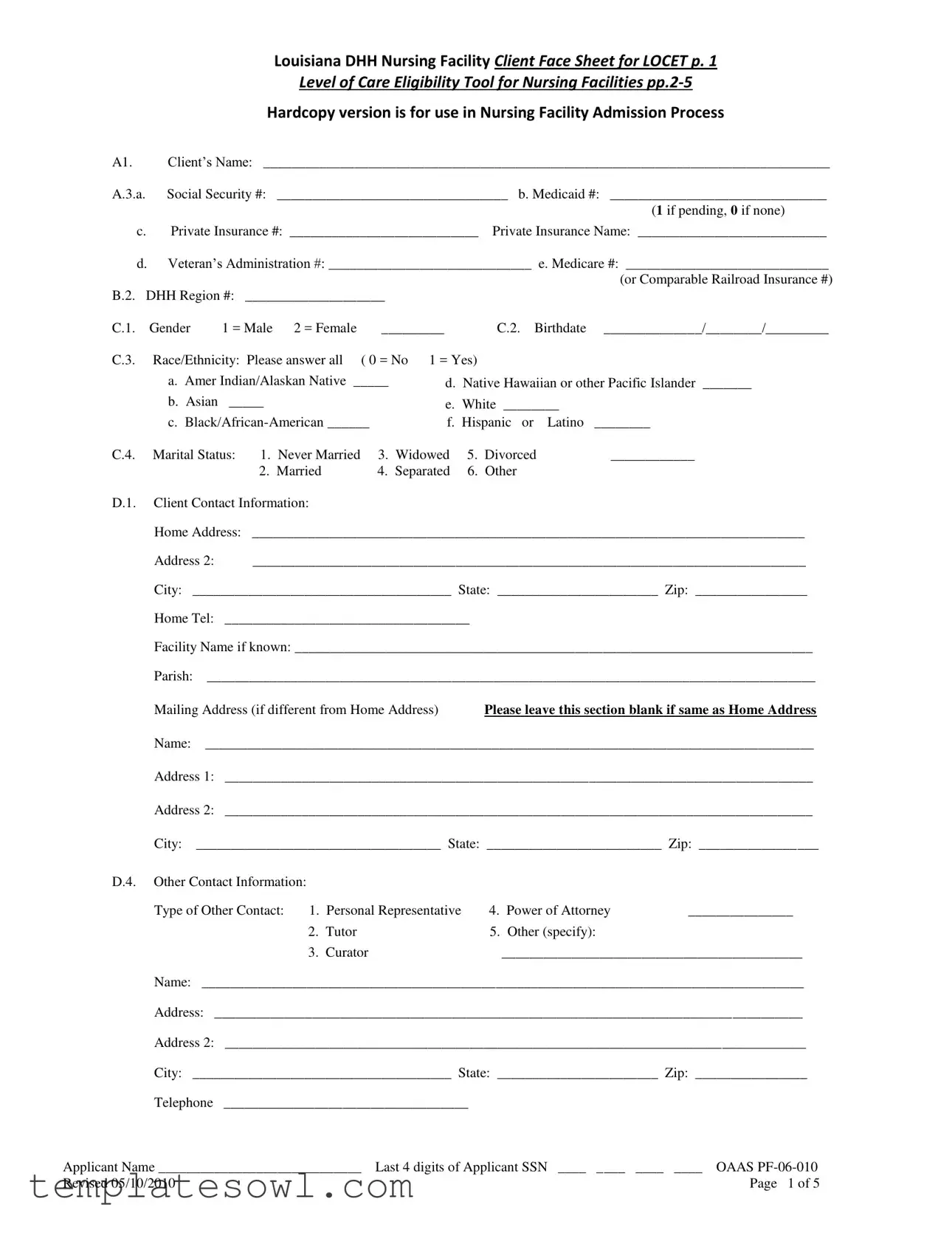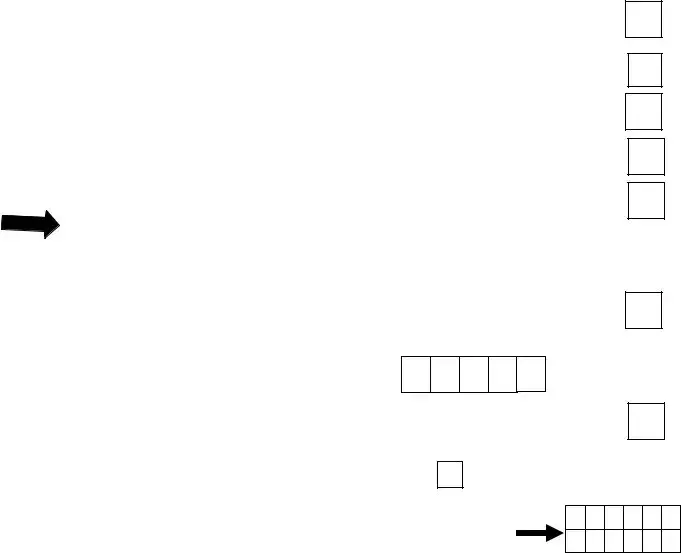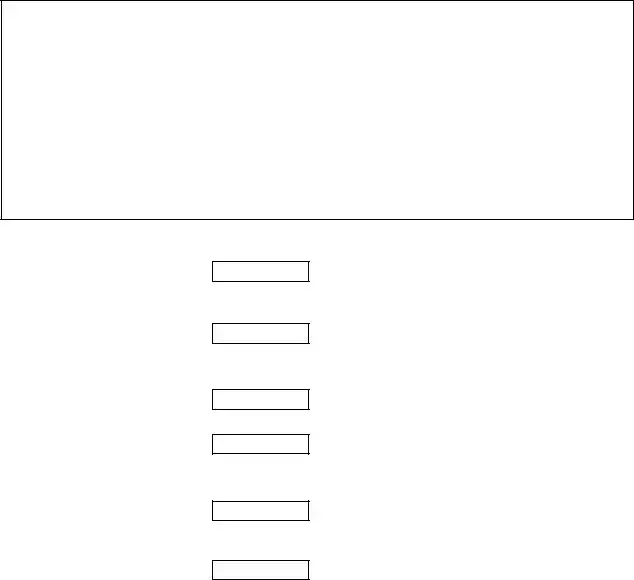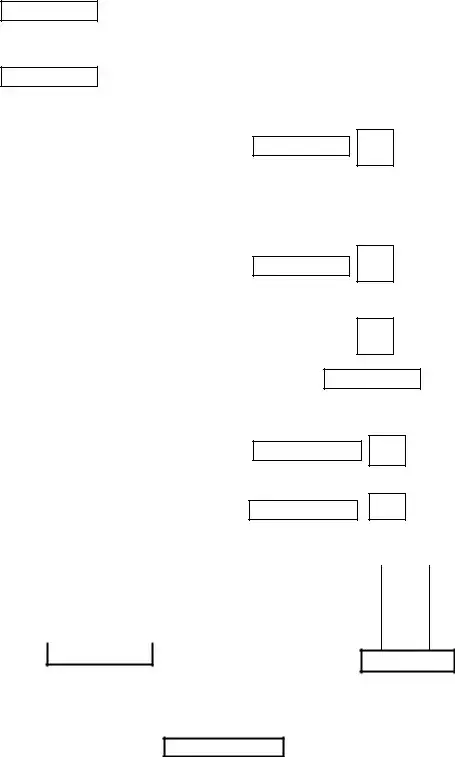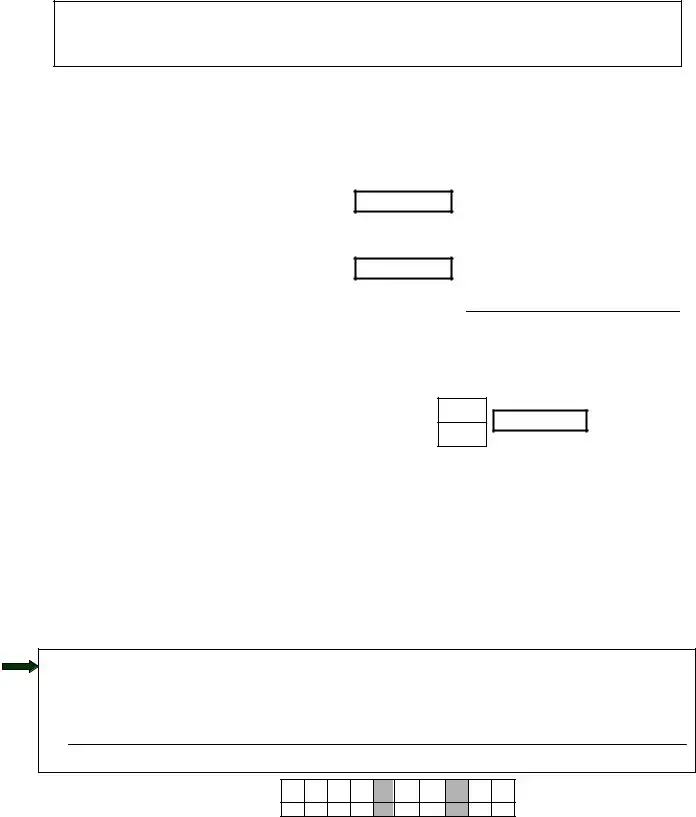5.Informant’s information sources regarding the status/abilities of applicant.
(select all that apply):
0=NO |
1=YES |
0=NO 1=YES |
a. Direct observation of the applicant ……… |
|
|
d. Review of agency records, care |
|
|
|
|
|
|
|
|
b. From paid care providers…………… |
|
|
provider status reports, etc……… |
|
|
|
|
|
|
|
|
|
|
|
c. From family or other informal caregivers |
|
|
e. Other (specify) _______________ |
|
|
|
|
|
|
|
|
|
|
|
|
|
|
|
|
|
If the only source of information in B.5. is Direct Observation of the applicant, answer B.6. Otherwise, skip B6.
6. |
If information source is from direct observation of applicant, indicate how recently observation occurred: |
|
|
1. within last three days |
3. within last month |
|
|
2. within last week |
4. more than one month ago |
|
|
|
7. |
Current location of applicant |
(select only one): |
|
|
0. Private home/apt |
4. Group Home or ICF/DD |
|
|
1. |
Hospital |
5. Shelter (for homeless, disaster -related or otherwise) |
|
|
2. |
Adult Residential Center (Assisted living)/board & care |
|
|
|
|
3. |
Nursing home |
6. Other, please specify____________________________ _ |
Pathway 1. Activities of Daily Living
*** Please use the following to describe each activity:
a. Independent: |
No help or oversight --OR-- Help/oversight provided only 1 or 2 times during last 7 days. |
b. Supervision: |
Oversight, encouragement or cueing provided 3 or more times during last 7 days, --OR— |
|
Supervision 3 or more times plus physical assistance provided only 1 or 2 times during last 7 days. |
c. Limited assistance: |
Applicant highly involved in activity; received physical help in guided maneuvering of |
|
|
limbs or other non-weight-bearing assistance 3 or more times–OR– More help provided only |
1 or 2 times during last 7 days.
d. Extensive assistance: While applicant performed part of activity over last 7-day period, help of following type provided 3 or more times:
-Weight bearing support
-Full performance by another during part (but not all) of last 7 days
e.Total Dependence: Full performance by another during all of last 7 days.
f.Activity did not occur during entire 7 days (regardless of ability).
g.Unknown to Informant
12A. Locomotion. Describe how the applicant moves between locations inside his/her place of residence. (If the applicant uses a wheelchair, code self-sufficiency once in chair.) Use the above codes to describe the applicant’s self-performance during last 7
days:
__________________ |
A through G only |
|
12B Eating. Describe how the applicant eats and drinks (regardless of skill). (Includes intake of nourishment by other means, e.g., tube feeding...) Use the above codes to describe the applicant’s self-performance during last 7 days:
__________________ |
A through G only |
|
12C. Transfer. Describe how the applicant moves to and from surfaces, e.g., bed, chair, wheelchair, standing position. (EXCLUDE transferring to/from bath/toilet.) Use the above codes to describe the applicant’s self-performance during last 7 days:
___________________
|
A through G only |
12D. Bed Mobility. Describe how the applicant moves to and from a lying position, turns side to side, and positions body while |
in bed. Use the above codes to describe the applicant’s self-performance during last 7 days: |
___________________ |
A through G only |
|
12E. Toilet Use. Describe how the applicant uses the toilet (or commode, bedpan, urinal). (Includes transfer on/off toilet, cleaning self, changing pad, managing ostomy or catheter, adjusting clothes.) Use the above codes to describe the applicant’s
self-performance during last 7 days:
___________________ A through G only
12F. Dressing. Describe how the applicant dresses and undresses him/herself, including prostheses, orthotics, fasteners, belts, shoes, and underwear. Use the above codes to describe the applicant’s self-performance during last 7 days:
